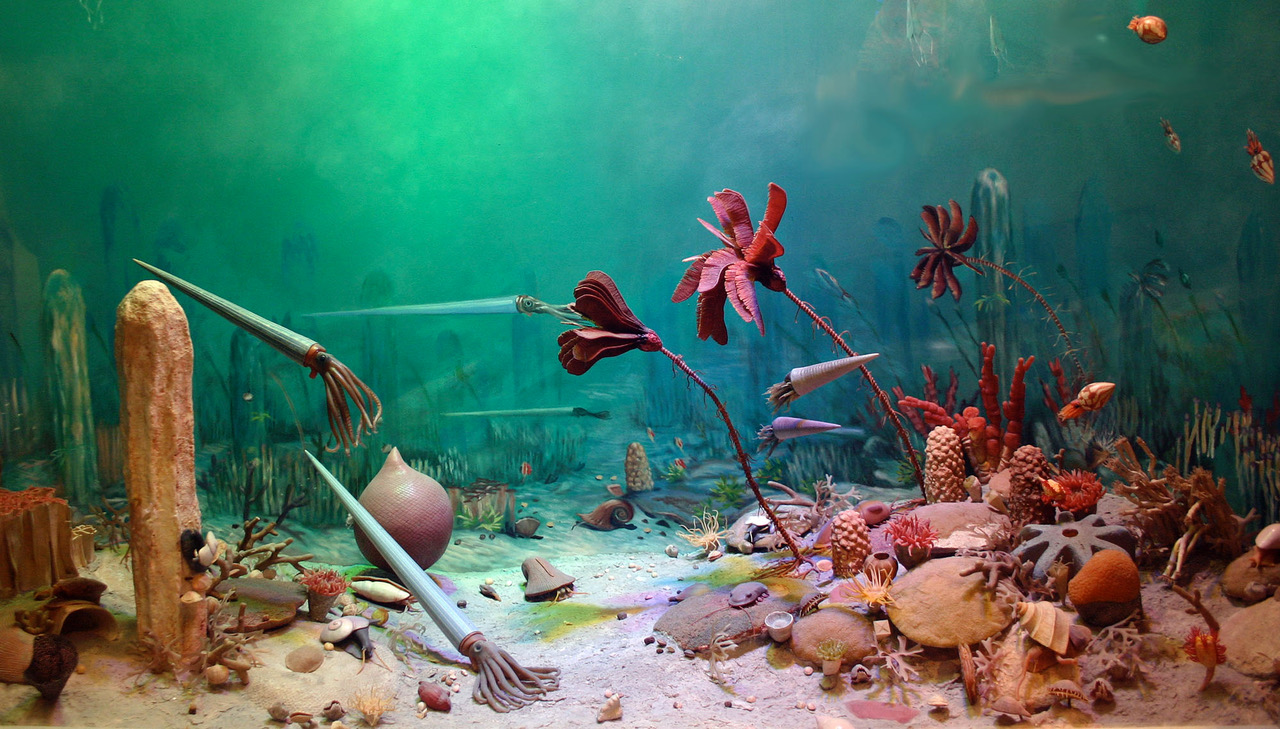About Tyndall Stone
Tyndall Stone was named after the small community in Manitoba near Garson where it is found. The quarry is operated by Gillis Quarries Ltd. and has been owned by the same family since 1910. It was a major building stone in the early days of Saskatoon, in part because the rail line made it easy to get it here. Canada is the only source in the world for this stone.

Tyndall Stone is a limestone that was created 450 million years ago in what is now known as the Selkirk Member of the Red River Formation. Back then, what is now southern Saskatchewan and southern Manitoba was covered in a warm and shallow sea just south of the equator. A diverse community of animals and plants lived at the bottom of this sea in a muddy carbonate platform similar to the Caribbean today. After they died, they were buried in the sediment and over time, they were fossilized.
The stone is grey to tan in colour and mottled or blotchy in appearance. The mottling is the preserved tunnels made by burrowing marine animals seeking food and refuge from predators. We don't know exactly what they were but some were probably a kind of arthropod like an ancient shrimp while others were ancient worms.
Probably due to slight differences in porosity and permeability, the sediment in the tunnels got replaced by dolomite crystals whereas the surrounding rock is made of calcite. Dolomite is more weather-resistant and you can see this on some of the building steps on the tour.


Images of what the ancient seas might have looked like: © Manitoba Museum, Winnipeg, MB.